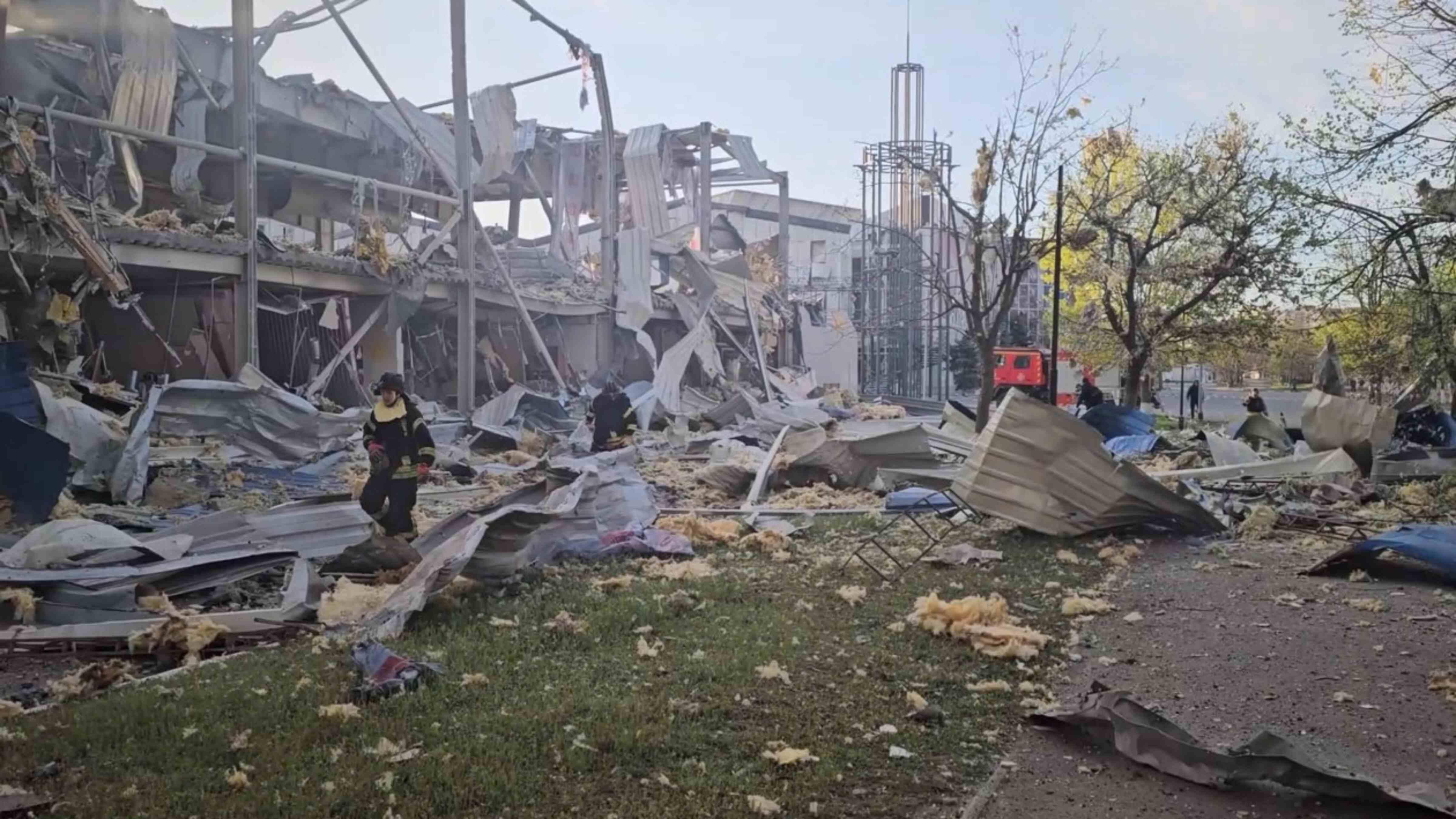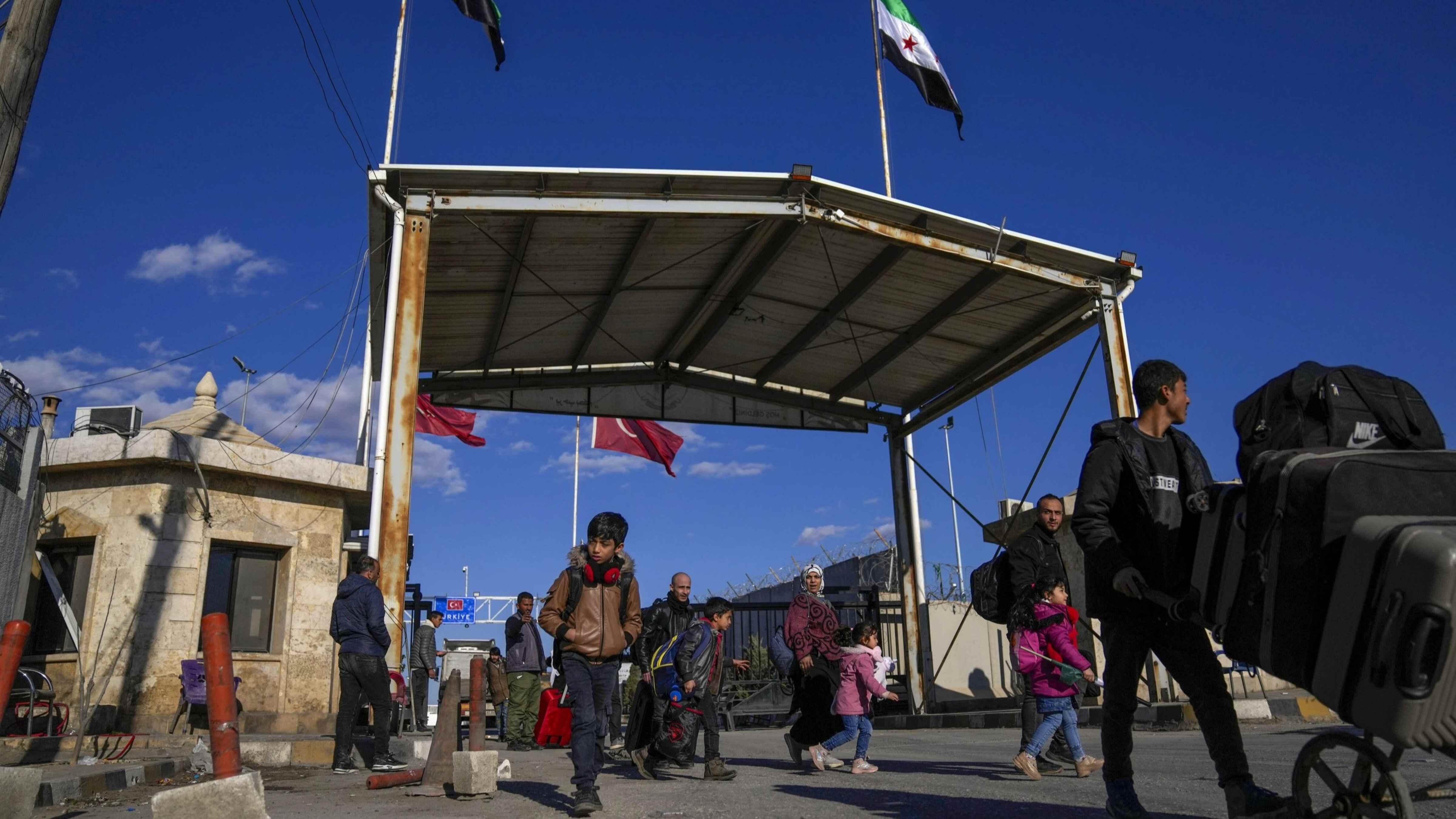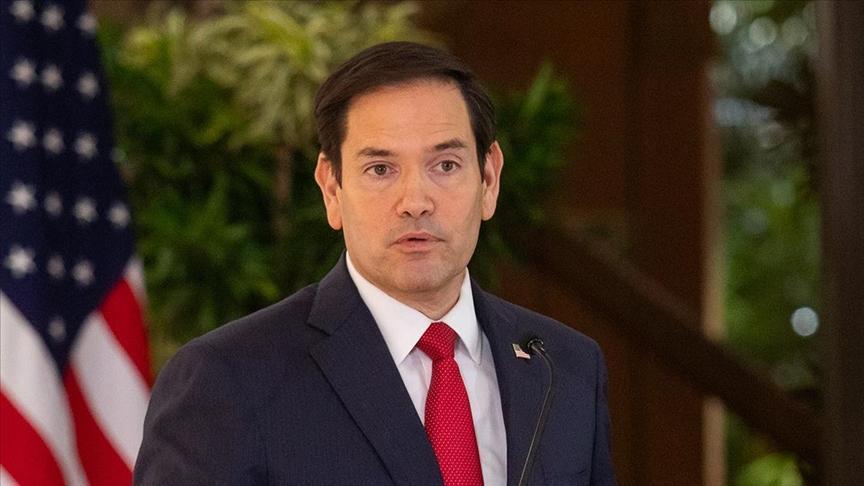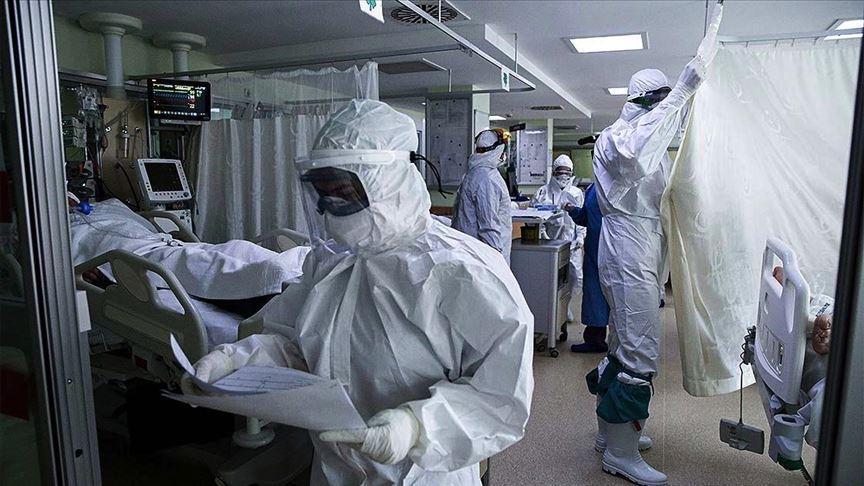The night on which even the carnation shed tears
AKKAN SUVER*
The incidents that occurred in 1990 – also known as the Baku massacre – are known as Black January (Qara Janvar) in Azerbaijan. In the aftermaths of this tragedy, the night between Jan. 19 and 20 has been marked as the night on which even the carnation shed tears, since the massacre has become associated with the carnations that were thrown into the puddles of blood shed in the streets of Azerbaijan.This is the 27th anniversary of the Jan. 20 Massacre, which is recognized as one of the cardinal turning points in Azerbaijan’s independence movement.
131 people murdered
Between Jan. 19 and 20, 1990, the Red Army penetrated into Baku from all sides, murdering civilians mercilessly pursuant to an introduction of a state of emergency decree approved by the Presidium of the Supreme Soviet of the USSR under Mikhail Gorbachev based on the pretext that the lives of Armenians and Russians were at stake.
On that night, 131 civilians, including 117 Azerbaijanis, eight Russians, three Jews and three Tatars, were killed and hundreds of Azerbaijanis within the country were arrested after the proclamation of a state of emergency. Upon the escalation of protests in Azerbaijan, the Soviet Army left Baku. The event marking this tragedy was then called as Black January – Qara Janvar.
Anniversary of the drama
In whatever manner or way, the core reason for this incident had to do with Armenians. Azerbaijan was reacting against the increasing territorial claims made by Armenians.
The Soviet administration developed an attitude in favor of the Armenians and decided to crack down on the justified reaction of Azerbaijan. Within a short time, 186,000 Azerbaijanis were deterritorialized from their homelands and areas of residence to Azerbaijan.
Indeed, the goal was the allotment of the Karabakh territory to Armenians and Russians. Jan. 20, 1990, has become an anniversary that marks a drama not only for Azerbaijan, but for the whole of humanity. This drama was – as plain as a pikestaff – a scenario designated under the auspices of the USSR for the following events to be staged in Nagorno-Karabakh.
It is very strange that the USSR conducted such an intervention in Azerbaijan, which was deemed one of most important countries in the union, just like it had done in Hungary (1956), Czechoslovakia (1968) and Afghanistan (1976).
As a matter of fact, Nagorno-Karabakh was then disarmed subsequent to this event; Azerbaijani Turks were displaced and a possible occupation of Nagorno-Karabakh by Armenians was enabled.
Khojaly Massacre
Five years later, during a conference held on April 27, 1995, at Istanbul Çırağan Palace, Gorbachev made the following statement related to the event of Jan. 20: “Proclaiming the state of emergency in Baku and sending the army to the city was the biggest mistake of my political career.”
But the die was already cast; massacres and the displacement of the masses had already taken place.
Unfortunately, Jan. 20 has still not been condemned in real terms even today, and the Khojaly Massacre of Feb. 26, 1992, in Nagorno-Karabakh – the offspring of Jan. 20 – is nothing other than the continuation of the sequence of these events. The crime committed on these territories was a crime committed against humanity. Assuming that this was committed against Azerbaijan alone or against Turkishness alone would be inaccurate and wrong.
These crimes were committed against the whole of humanity.
On the anniversary of these painful events, we remember the fallen with mercy!
The carnation has thus become a symbol of the tragedy associated with the carnations thrown into the puddles of blood shed in the streets of Azerbaijan subsequent to the massacre – the night on which even the carnation shed tears.
*Dr Akkan Suver is the president of the Marmara Group Foundation.











